Gating kinetics of single large-conductance Ca2+-activated K+ channels in high Ca2+ suggest a two-tiered allosteric gating mechanism
- PMID: 10398695
- PMCID: PMC2229641
- DOI: 10.1085/jgp.114.1.93
Gating kinetics of single large-conductance Ca2+-activated K+ channels in high Ca2+ suggest a two-tiered allosteric gating mechanism
Erratum in
- J Gen Physiol 1999 Aug;114(2):337
Abstract
The Ca2+-dependent gating mechanism of large-conductance calcium-activated K+ (BK) channels from cultured rat skeletal muscle was examined from low (4 microM) to high (1,024 microM) intracellular concentrations of calcium (Ca2+i) using single-channel recording. Open probability (Po) increased with increasing Ca2+i (K0. 5 11.2 +/- 0.3 microM at +30 mV, Hill coefficient of 3.5 +/- 0.3), reaching a maximum of approximately 0.97 for Ca2+i approximately 100 microM. Increasing Ca2+i further to 1,024 microM had little additional effect on either Po or the single-channel kinetics. The channels gated among at least three to four open and four to five closed states at high levels of Ca2+i (>100 microM), compared with three to four open and five to seven closed states at lower Ca2+i. The ability of kinetic schemes to account for the single-channel kinetics was examined with simultaneous maximum likelihood fitting of two-dimensional (2-D) dwell-time distributions obtained from low to high Ca2+i. Kinetic schemes drawn from the 10-state Monod-Wyman-Changeux model could not describe the dwell-time distributions from low to high Ca2+i. Kinetic schemes drawn from Eigen's general model for a ligand-activated tetrameric protein could approximate the dwell-time distributions but not the dependency (correlations) between adjacent intervals at high Ca2+i. However, models drawn from a general 50 state two-tiered scheme, in which there were 25 closed states on the upper tier and 25 open states on the lower tier, could approximate both the dwell-time distributions and the dependency from low to high Ca2+i. In the two-tiered model, the BK channel can open directly from each closed state, and a minimum of five open and five closed states are available for gating at any given Ca2+i. A model that assumed that the apparent Ca2+-binding steps can reach a maximum rate at high Ca2+i could also approximate the gating from low to high Ca2+i. The considered models can serve as working hypotheses for the gating of BK channels.
Figures



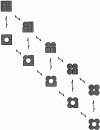


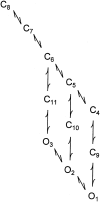
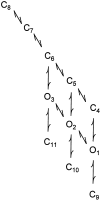
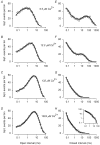
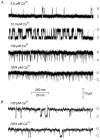


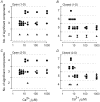
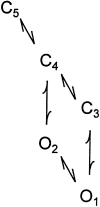





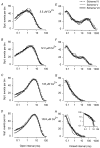
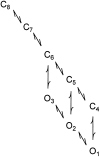
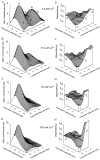
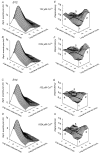
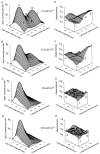
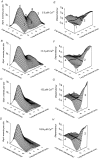
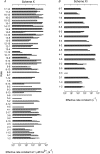
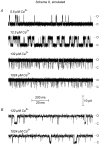

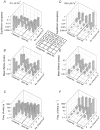
Comment in
-
Commentary: a plausible model.J Gen Physiol. 1999 Aug;114(2):271-5. doi: 10.1085/jgp.114.2.271. J Gen Physiol. 1999. PMID: 10436002 Free PMC article. No abstract available.
References
-
- Adelman J.P., Shen E., Kavanaugh M.P., Warren R.A., Wu Y., Lagrutta A., Bond C., North R.A. Calcium-activated potassium channels expressed from cloned complementary DNAs. Neuron. 1992;9:209–216. - PubMed
-
- Akaike H. A new look at the statistical model identification. IEEE (Inst. Electr. Electron. Eng.) Trans. Auto. Control. 1974;19:716–723.
-
- Atkinson N.S., Robertson G.A., Ganetzky B. A component of calcium-activated potassium channels encoded by the Drosophila slo locus. Science. 1991;253:551–555. - PubMed
Publication types
MeSH terms
Substances
Grants and funding
LinkOut - more resources
Full Text Sources
Miscellaneous

